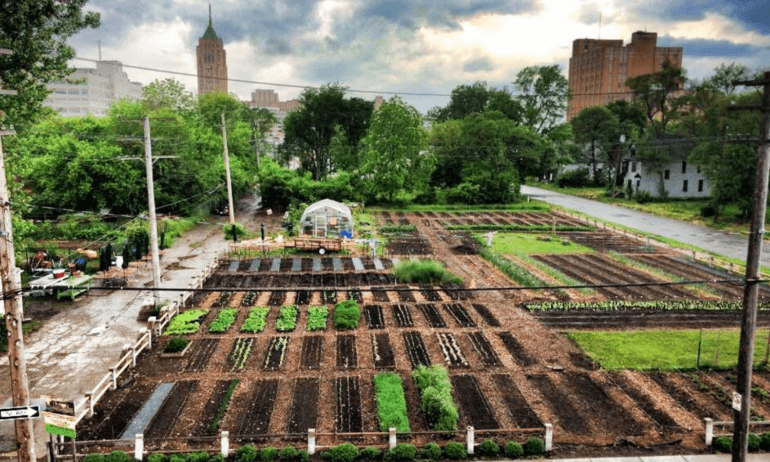The Ultimate Guide To City Blooming
The Ultimate Guide To City Blooming
Blog Article
All About City Blooming
Table of ContentsThe smart Trick of City Blooming That Nobody is Talking AboutGetting The City Blooming To WorkThe Greatest Guide To City BloomingA Biased View of City BloomingSome Known Facts About City Blooming.
Interested in growing food available for sale in the City of Chicago? Considering starting a community yard? Adjustments to the Chicago Zoning Statute permit farming uses like area gardens and city ranches in many components of the city. Below is a list of regularly asked inquiries regarding the guidelines and policies that cultivators must think about when planning a city farming task.
The zoning amendment does not modify any kind of various other codes managing composting, building permits, acquiring or leasing City possessed residential property, company licenses or ecological contamination. There are existing codes that regulate these concerns and they stay in complete result and may be suitable to your project. Area gardens are usually had or handled by public entities, public companies or community-based organizations and preserved by volunteers.
Urban farms grow food that is meant to be sold, either on a not-for-profit or for-profit basis. Due to their industrial purpose, urban ranches require a business license.
Rumored Buzz on City Blooming
Composting is permitted however just for plant material that is created and utilized on site. The amount of compost material can not surpass 25 cubic backyards at any type of given time according to the requirements in 7-28-715 of the City's Municipal Code. Yes. Because the soil at the majority of new yard sites requires amending, compost, soil, wood chips, or various other products can be gotten to build or improve the growing space - eco-friendly practices.

If a building license is required then the hoophouse will be taken into consideration an accessory structure. You can discover out even more about the building permit requirements by getting in touch with the Division of Buildings. The 25,000-square-foot dimension limitation is intended to avoid a single community garden from dominating a provided block or detracting from the block's existing property or business character.
The limitation does not apply to yards located in Public Open Room (POS) areas. Can there be more than one area garden that is 25,000 square feet on a single block? Fence is not called for, nonetheless, yards that have huge vehicle parking locations might be needed to install secure fencing or various other landscaping functions.
Top Guidelines Of City Blooming
B1 & B2 districts call for that all commercial usage activities be carried out inside your home. Is fence needed for city farms? Fencings may be required, along with landscaping and screening, for certain parking locations and outside job or storage space areas depending on location and the particular task taking location.
Urban ranches require building permits and zoning approvals prior to building and construction (urban gardening). Various other types of city evaluation might be called for depending on specific structures, tasks, size, landscaping, licensing, public health and stormwater management concerns.
The Division of Service Matters and Consumer Security can aid figure out the certain type of service permit that's required. Off road car park is required for most industrial jobs in Chicago. The called for number of parking rooms is based on the number of employees functioning on site and not the square video footage of the growing space.
Excitement About City Blooming

A metropolitan ranch can market garden compost material generated on site, however, the operation should abide with the policies in 7-28-715 of the Chicago Municipal Code. Aquaponic systems are enabled inside on city ranches in many zoning districts.
Up to five hives or nests of honey might be kept as an accessory use. Beekeepers should sign up with the Illinois Division of Farming. To learn more regarding the recommended zoning modification you may speak to the Division of Housing and Economic Advancement, Bureau of Preparation and Zoning at 312.744.8563.
, which takes area in rural areas at the edge of suburban areas.
The Buzz on City Blooming
, visit that look for to develop social networks founded on a common ethos of nature and neighborhood holism. These networks can establish by way of formal institutional assistance, coming to be incorporated into local community planning as a "shift town" motion for lasting urban development.
The more straight accessibility to fresh veggie, fruit, and meat products that may be know through city agriculture can enhance food security and food safety and security while lowering food miles, bring about reduced greenhouse gas exhausts, consequently adding to environment change reduction. A few of the initial evidence of urban agriculture originates from Mesopotamia.
Report this page